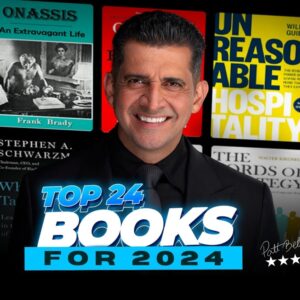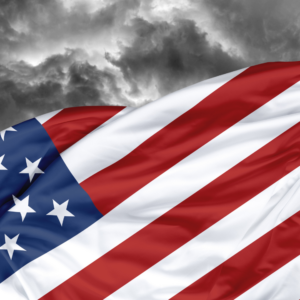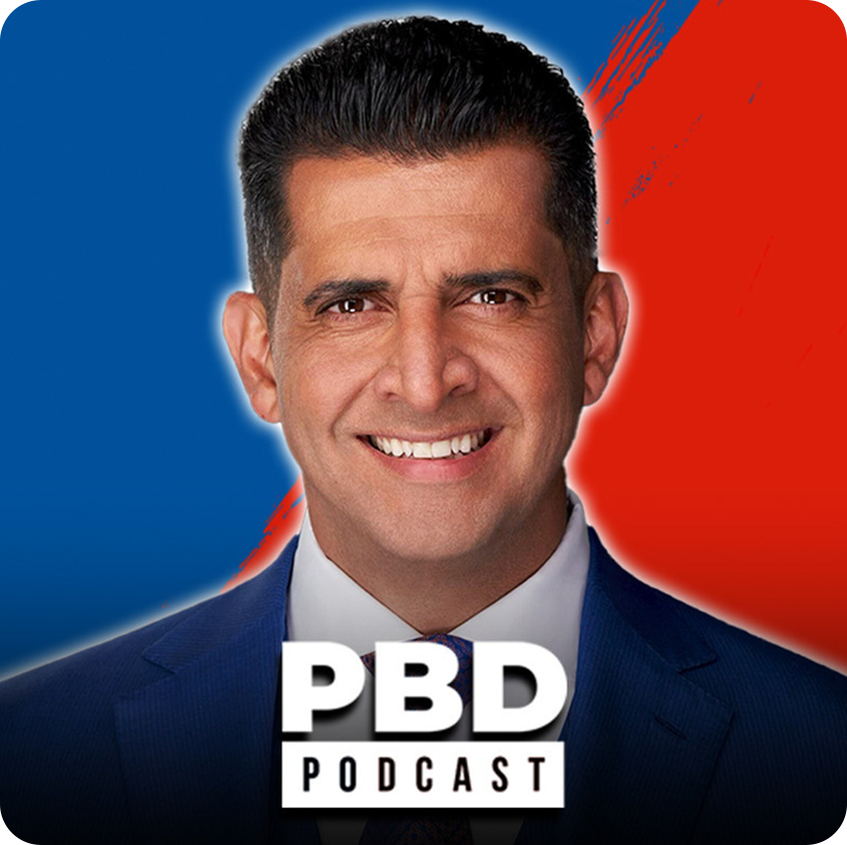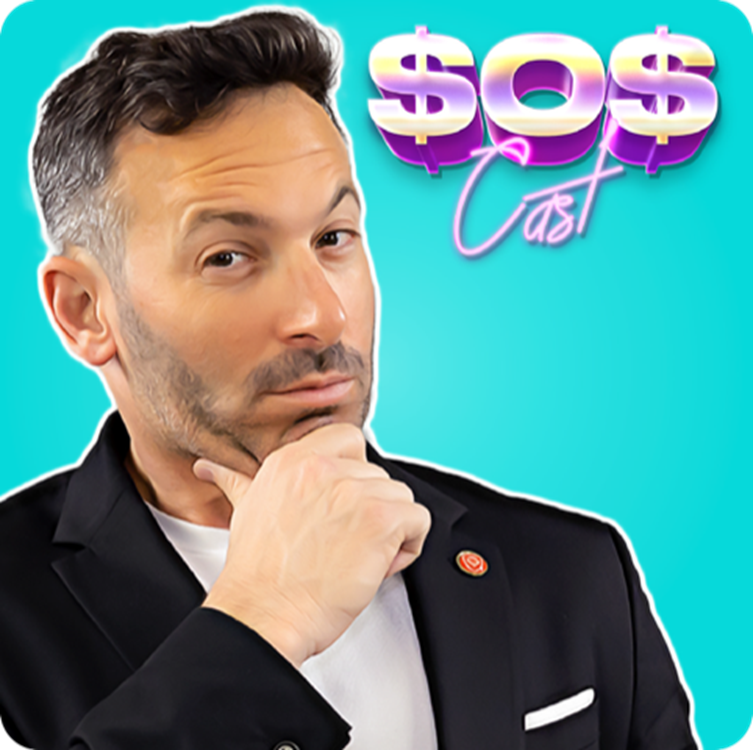According to a recent poll from The New York Times and Siena College, former Democratic and now Independent 2024 presidential candidate Robert F. Kennedy (RFK) Jr. is up by an average of roughly 25 percent in key battleground states.
Survey respondents from the states of Arizona, Georgia, Michigan, Nevada, Pennsylvania, and Wisconsin were asked the question, “Who would you vote for if the candidates were Joe Biden, Donald Trump and Robert F. Kennedy Jr.?” Respondents who answered “RFK” averaged around 24 percent, “Trump” around 35 percent, and “Biden” around 32 percent.
While Trump leads Biden in five of the six swing states—meaning states that could easily swing left or right compared to others that are solidly Democratic or Republican—Kennedy is shaping up to be strongest third party candidate in over a century, with a greater chance to win than 1992 Independent candidate Ross Perot.
The news of this highly significant statistic was not spotlighted by the Times, despite them running the poll and publishing the data. Critics have accused the outlet of intentionally downplaying the information.
It is one thing to ignore @RobertKennedyJr in a Democratic primary
But it is a whole other to ignore him when he is shaping up to be the most formidable third party candidate in more than a century https://t.co/FUy09zoSGe
— Saagar Enjeti (@esaagar) November 7, 2023
Learn the benefits of becoming a Valuetainment Member and subscribe today!
Kennedy poses a significant threat to both the Republican and Democratic parties. But RFK seems to be stealing a greater number of Biden voters than Trump voters in battleground states: 21 percent of respondents who picked RFK voted for Biden in 2020 while 19 percent were Trump voters.
But a whopping 37 percent did not vote in 2020. On the off chance that these voters actually do bring themselves to the polls in 2024, they could cause a sizeable upset.
Kennedy had the second largest share of Black voters and the single largest share of young voters (18-29). However, he had the lowest percentage of non-college educated voters and the smallest share of voters over 45.



















Add comment